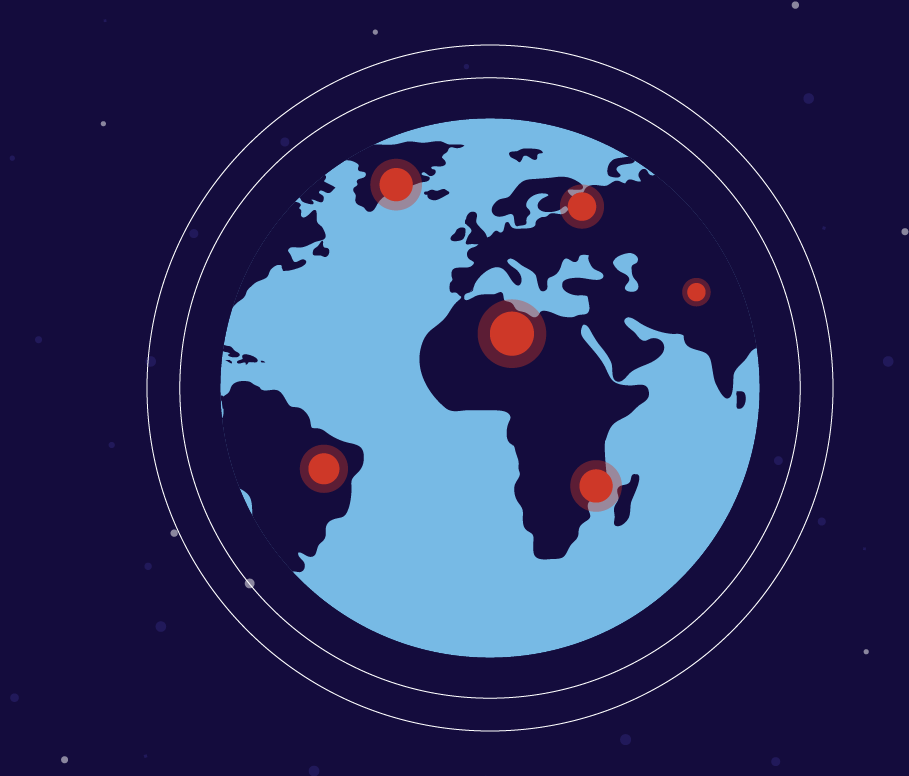Leading up to the World Health Assembly (WHA) in May, IP Progress will be highlighting the complex barriers impeding patients’ access to medicines. The World Health Organization (WHO) says that it’s trying to improve access to medicines, yet its work has often focused narrowly on controversial policies regarding intellectual property and the price of patented medicines. Global health leaders must encourage the WHO to tackle broadly the many obstacles that stand between patients and their medicines, such as insufficient health care financing, taxes and tariffs. Inadequate infrastructure is a significant barrier to access.
Infrastructure is the backbone of any health care system. Without sufficient roads and systems to distribute and administer medicines, it’s difficult to improve access for those most in need. Unfortunately, the countries and regions that most need cures and treatments also tend to lack the infrastructure to provide them.
According to a recent World Bank survey of six countries in Sub-Saharan Africa, 148 million people have no access to road networks. In poorer regions of Asia, the issue of infrastructure is no less pressing. In Nepal, for example, 46 percent of the rural population doesn’t have access to “fair condition” roads. Knowing this, it’s not surprising that nearly 50 percent of the population across Africa and Asia also lacks consistent access to essential medicines.
Building and maintaining infrastructure in countries that already struggle with resources and capacity is no easy feat. However, it’s possible to overcome infrastructure barriers through innovative approaches that, when appropriately implemented and scaled, connect those in need to essential medicines and treatments. For example, mobile health (mHealth) programs have helped improve access in many of the poorest countries by leveraging telecommunications technology to connect rural communities with health centers in urban centers.
Take for example the SMS for Life program. SMS for Life allows local health workers in more than 10,000 Sub-Saharan clinics to track and manage levels of essential vaccines and/or treatments for malaria, HIV, TB and leprosy. The program notifies district medical officers when stock levels are low. This helps health care professionals better ensure their patients have access to needed medicines, even if their surrounding roads and resources are poor.
While innovative programs have demonstrated success, debates at the WHO often get mired in polarizing arguments about weakening intellectual property. Global health leaders should avoid this trap and look at practical ways, such as improving poor infrastructure, to improve access to medicines.
The upcoming WHA is an important opportunity for leaders to focus on its core mission of global health and discuss solutions to ensure patient access around the world. Multilateral organizations need to seek out partnerships with all stakeholders, including the private sector, to mobilize the resources necessary to overcome difficult roadblocks. Instead of undermining intellectual property, the WHA needs to address the real barriers – such as poor infrastructure – that limit access to innovative medicines, particularly for those patients that need them the most.


